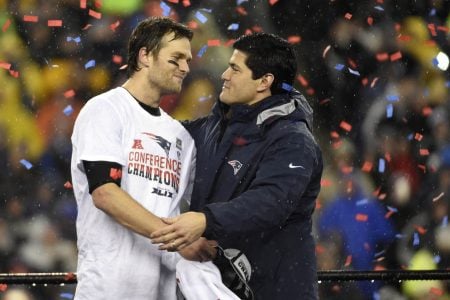letekro
Experienced Starter w/First Big Contract
- Joined
- Jan 16, 2005
- Messages
- 5,930
- Reaction score
- 1,666
So you are saying we are trying to pull "stuff" out of our ass for a payoff, while ignoring the loss? Correct me if I'm wrong, but if you ignore the future payoff, you should also ignore the future loss. If you want to ignore that converting the 4th down will lead to points on average, then you also MUST have to ignore that turning the ball over in the red zone will on average surrender points. Your "point" ignores the payoff (ie, keeping the drive going) while take account of the possible loss (ie, the opposing team scoring with field position). Your point SHOULD be, "We either get a 1st down deep in our territory or we give the other team great field position. PERIOD". If anyone's argument is flawed, it is yours.
You realize the second you say "in exchange for possibly giving up points" you are actually ESTIMATING THE FUTURE CHAIN OF EVENTS! You are doing EXACTLY what you say we are failing to attempt to do.Take a good step back off of your high perch and look at what you are saying.
Good Luck Satch! These guys wore me out.

















